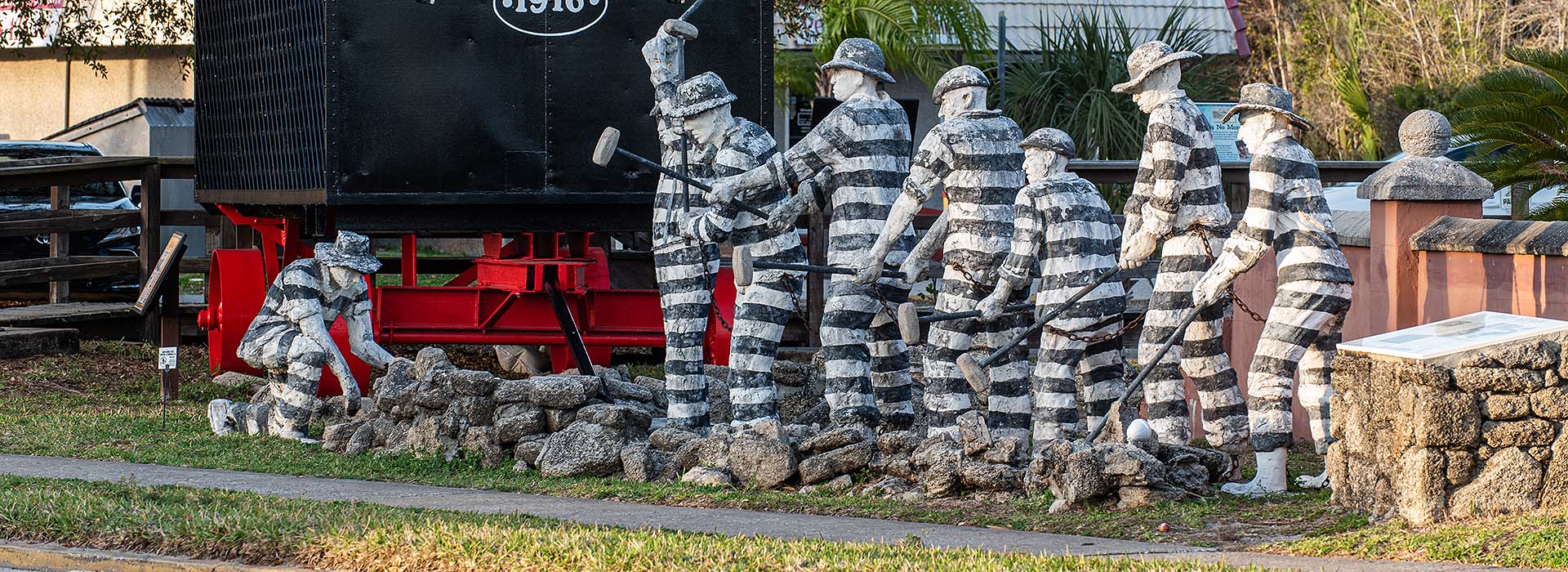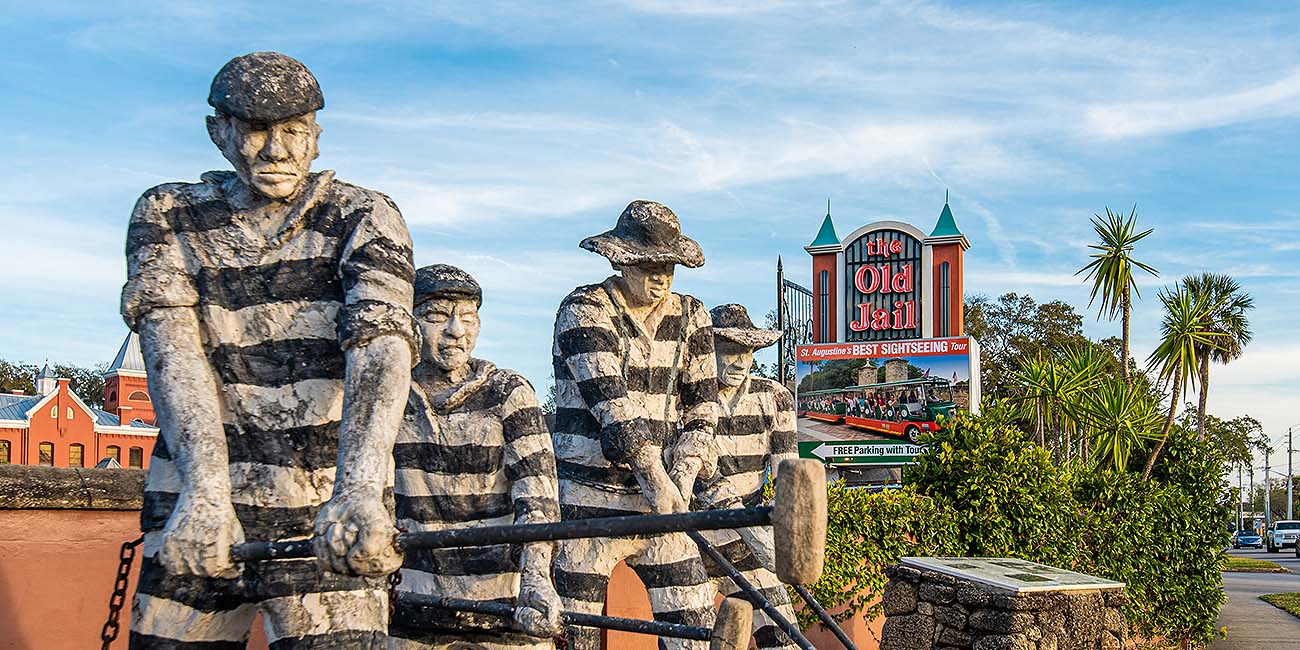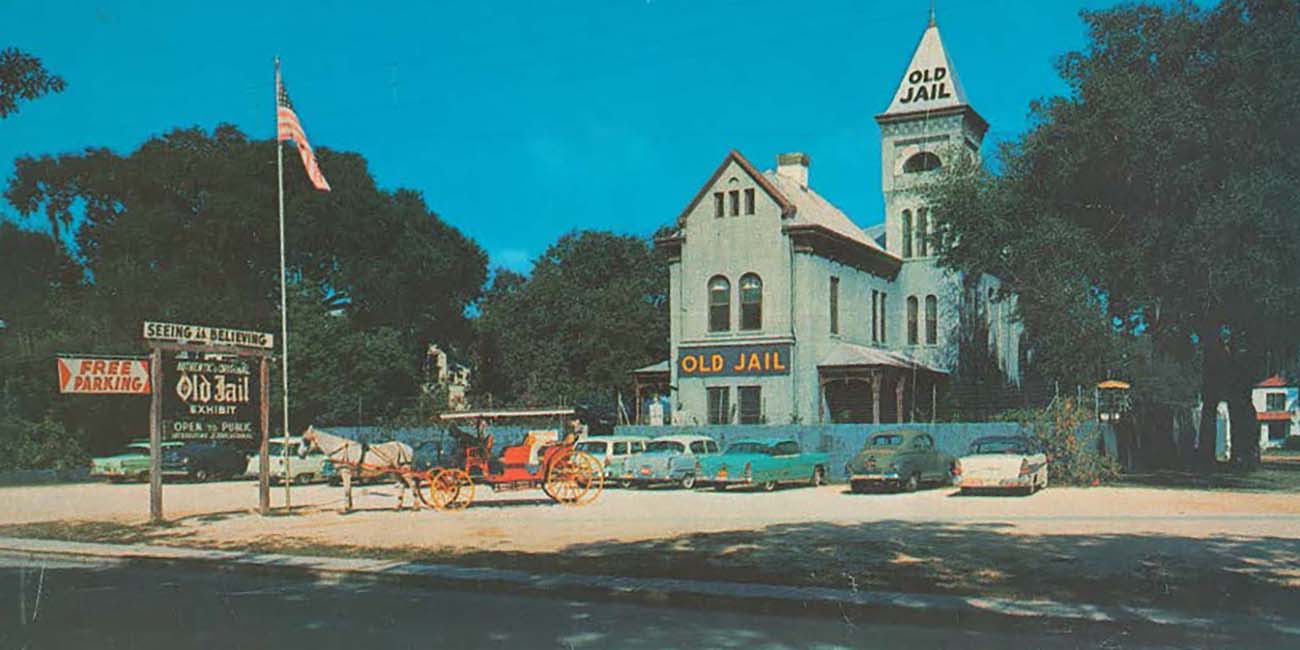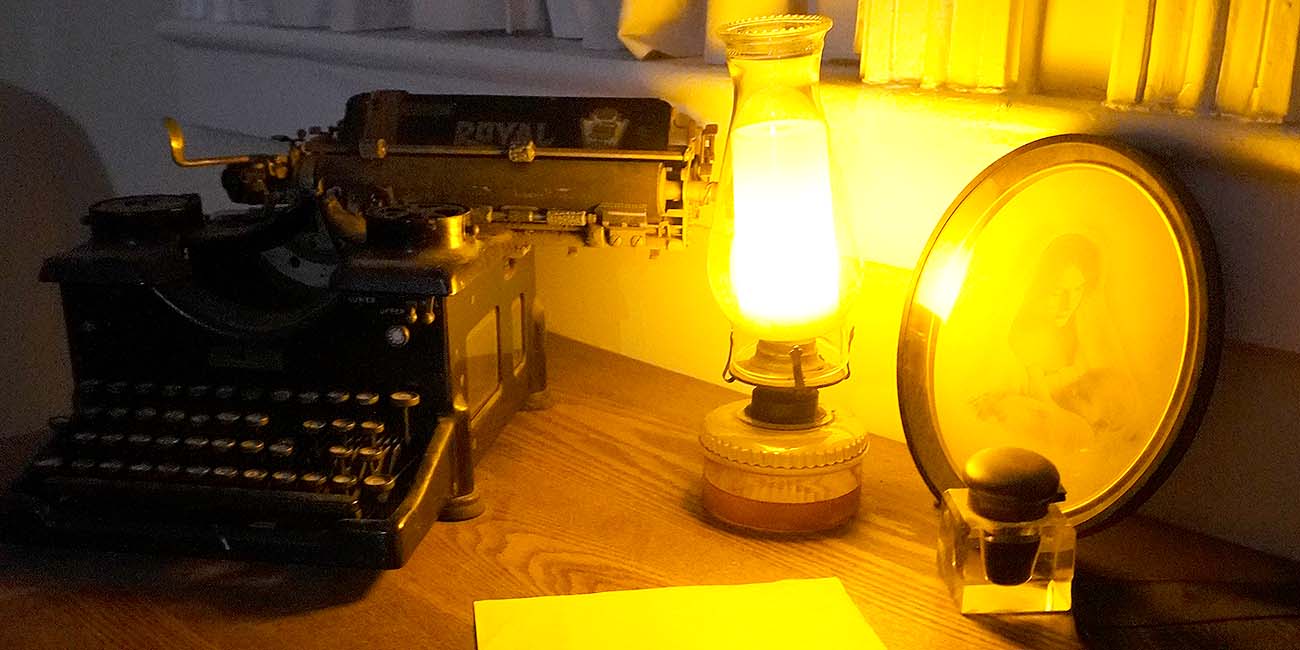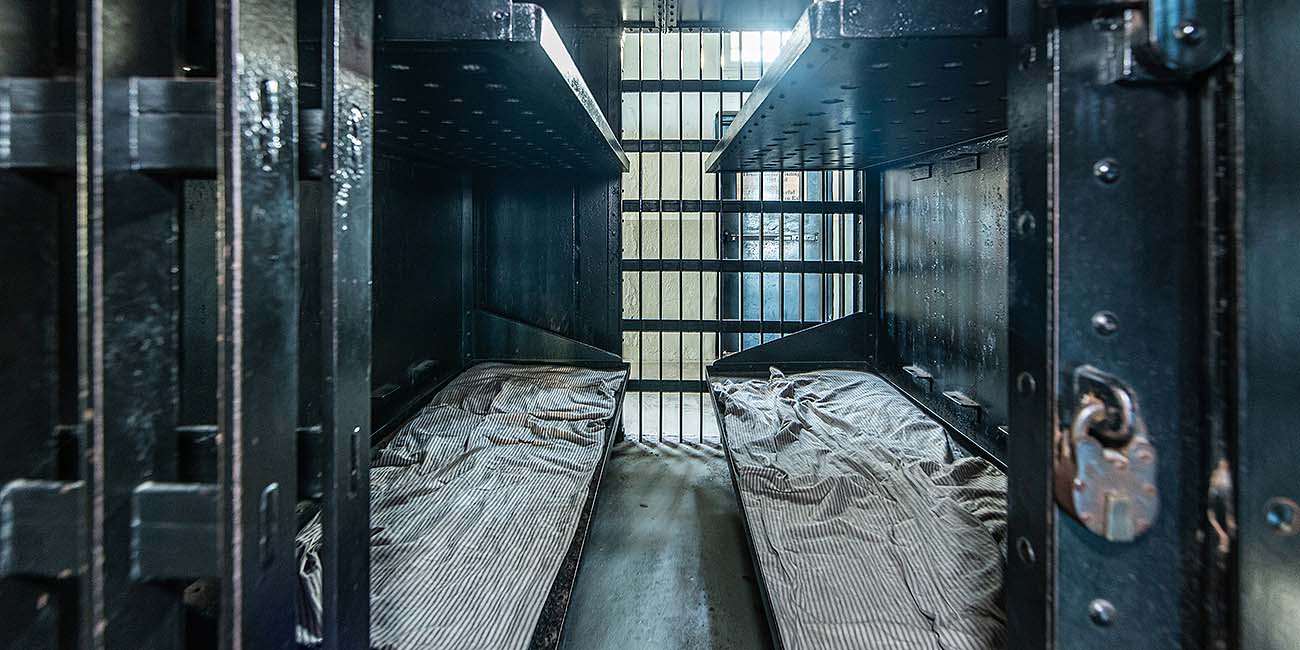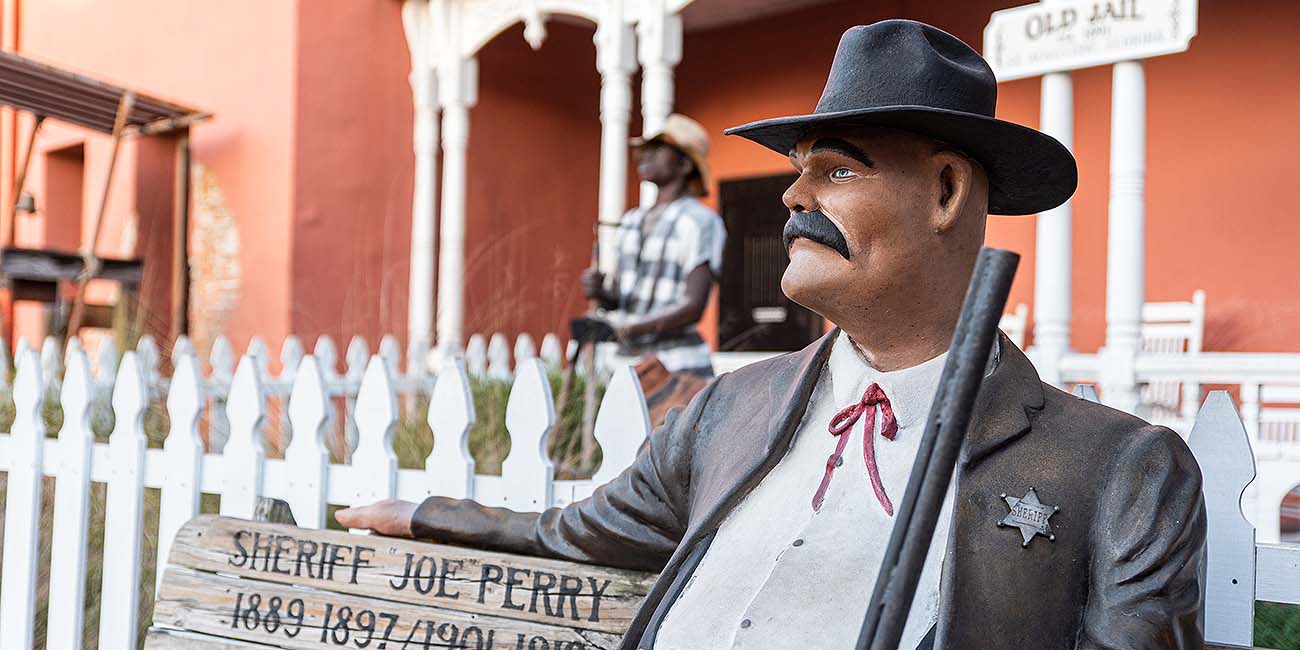Daily Life at the Old Jail

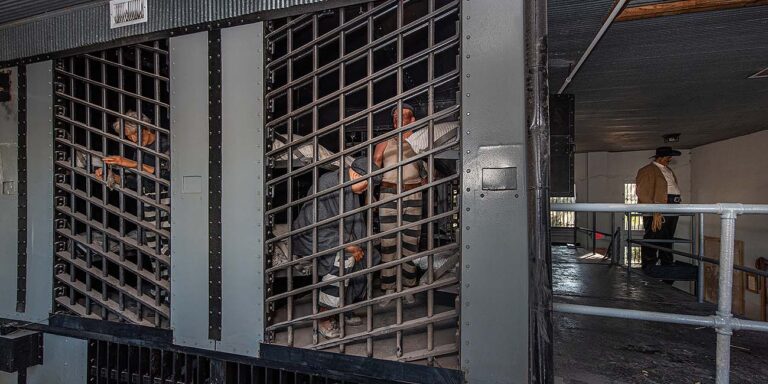
Life inside the Old Jail was harsh, overcrowded and unforgiving. Built in 1891, the Old St. Johns County Jail operated in an era when prison reform was more of an idea than a reality. Jails across the country were poorly managed, lacked oversight and prioritized punishment over rehabilitation. The goal was not to help inmates return to society but to control and confine them under strict conditions.
The Old Jail history tells the story of prisoners packed into tiny cells, grueling labor and harsh discipline. Those sentenced here endured long days, extreme punishments and little hope for a second chance. With unsanitary conditions, inadequate food, and no medical care, even a short sentence could be deadly.
Cramped Cells and Brutal Conditions

The Old Jail was built for security, not comfort. When it first opened, there was no running water, plumbing, or proper ventilation. Cells were cold in the winter, unbearably hot in the summer and filled with insects year-round. Prisoners slept on straw-stuffed mattresses placed on iron bunks, offering little protection from the hard, damp surfaces beneath them.
Even after plumbing was added in 1914, sanitary conditions remained poor. Inmates were packed into tiny cells, often four or more men to a space meant for one. The air was stale, thick with the stench of unwashed bodies and filled with disease. Illnesses spread rapidly, and with no medical treatment, even minor infections could be fatal.
Those in maximum security faced the worst conditions. They were often locked in solitary confinement for weeks at a time, surrounded by complete darkness with only bread and water to survive. There were no blankets, no beds and no relief from the isolation.
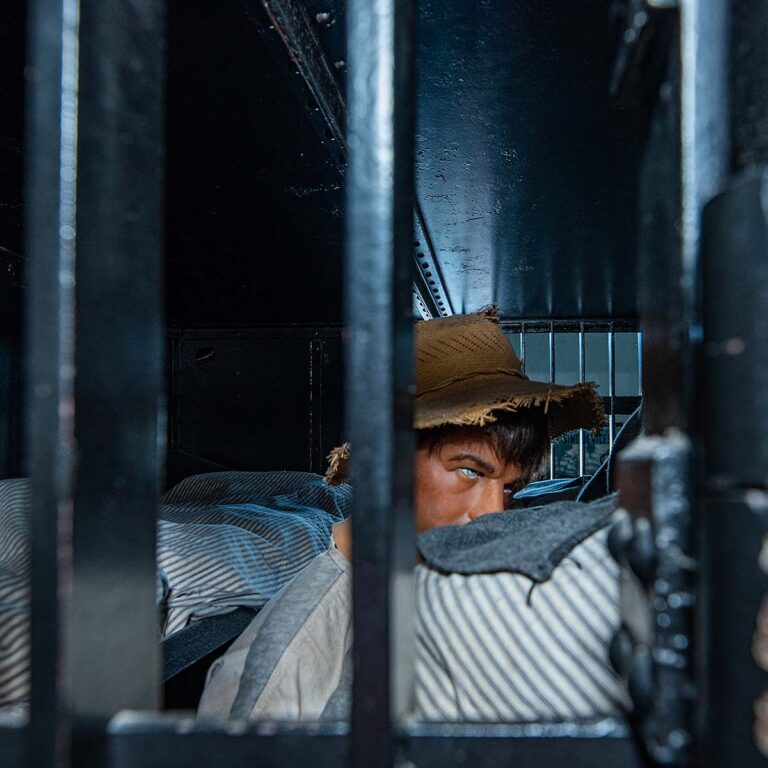
The most feared cell was death row, which sat in full view of the gallows. Those sentenced to hang spent their final days looking at the very spot where they would die, knowing their time was running out.
Medical care was almost nonexistent. A doctor rarely visited, and some reports suggest the only time a physician was present was on execution days. Prisoners who became sick or injured had little hope of receiving treatment. Many suffered from malnutrition, untreated infections and injuries from fights or punishment.
A Life of Hard Labor

The Old St. Johns County Jail was not just a place of confinement. Inmates were expected to work long hours, performing tasks that supported local businesses and the economy. Hard labor was seen as part of their punishment, regardless of their crime.
Common work assignments included:
Timber harvesting – Prisoners cut and transported wood, often using dull tools with no safety equipment.
Turpentine production – Many were sent to pine forests to collect resin, a dangerous job that left workers with burns and chemical exposure.
Road and railroad construction – Some inmates worked in chain gangs, breaking rocks and clearing land under the blazing sun with little rest.
Workdays were long, exhausting and dangerous. Those who refused to work faced severe punishment, and injuries were common. If an inmate collapsed from heat or exhaustion, they were often beaten or locked in solitary confinement.
Strict Punishments

Discipline at the Old Jail was swift, severe and meant to break the spirit of inmates. Guards maintained strict control, ensuring that any disobedience was met with immediate punishment. There were no second chances, no appeals and no leniency.
Inmates who broke the rules faced:
Solitary confinement – Locked in complete darkness for days or weeks with nothing but bread and water.
Physical beatings – Guards used whips, clubs and other forms of violence to keep order.
Public shackling – Some prisoners were left in restraints for hours or days, serving as a warning to others.
Punishments were often random and excessive, with little distinction between minor infractions and serious offenses.
A 1914 court report described the Old St. Johns County Jail as overcrowded and unsanitary. Inspectors condemned the lack of medical care, the filthy conditions and the inadequate diet. Prisoners had no access to fresh air, natural light or proper hygiene, making the jail a breeding ground for illness and suffering.
Education and rehabilitation were not offered. Inmates had no opportunities to learn skills, earn privileges or reduce their sentences. A prison term here was simply time to be endured, with no hope of change or redemption.
A sentence at the Old Jail meant years of suffering, often ending in sickness or death.
